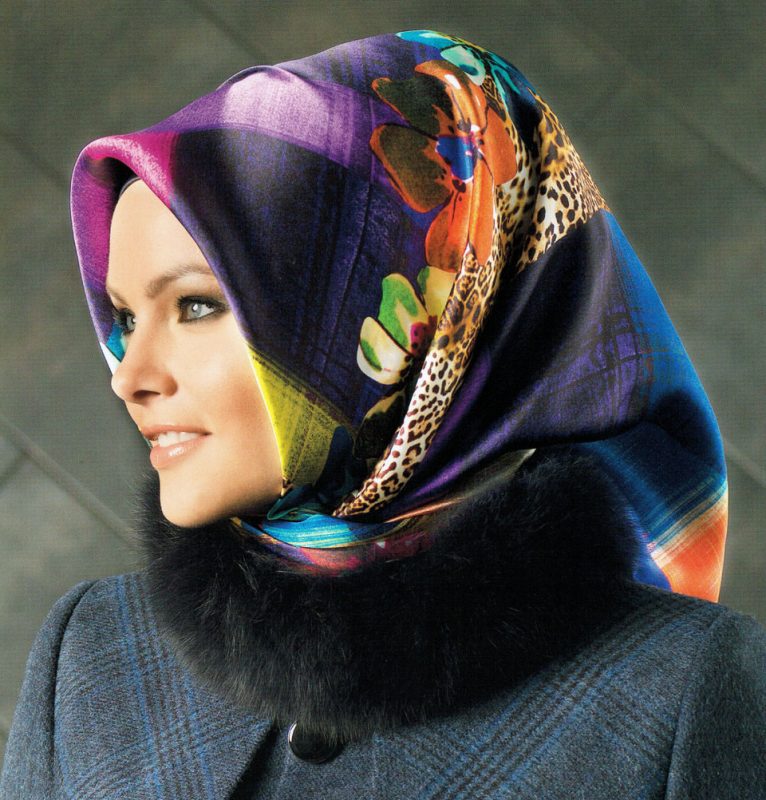Silk Hijabs
Origin Of Silk
One of the oldest fibers in this World is Silk. Although there are so many stories as to how silk was found but one thing is certain that it originated in China. A very famous Chinese legend says Empress Hsi Ling Shi, wife of the yellow emperor was the first person to accidentally discover silk as weavable fiber. Apparently the empress was sat under a mulberry tree when a cocoon fell on her and began to unravel. The empress was so enamoured with the shimmering threads and hence began the cultivation of silkworms and thus began the history of silk. It is not known that this is actually true or not but there is no doubt that silk was produced on a mass scale in China for almost 3000 years and and the Chinese had almost a global monopoly on it for a very long time.
Pros & Cons Of Silk Hijabs
It is very difficult to say what is an advantage or disadvantage of a certain fabric or style because this is very subjective. Something that may be appealing to one person for a reason may be the exact reason why another person finds it uncomfortable. So we will list various defining attributes and characteristics of silk hijabs for you to make the choice easier. Knowing these facts will help you narrow down what hijab styles and fabrics you should choose for which occasions.
- This may come as a surprise to some of you but the same delicacy that silk is valued for is also a disadvantage in the sense that it requires lot of care as it is very delicate.
- Silk hijabs can fade if left for a long time in direct sunlight so your new silk hijab can look old and worn if dried outside in the Sun.
- Silk is expensive and so are silk hijabs. Expect to pay a premium price for a high quality silk hijab
- Most silk hijabs cannot be machine washed. Dry cleaning is the preferred method.
- Silk hijabs because of silk are made of natural protein fibre and thus are hypoallergenic. So if you suffer from allergies from different fabrics, you should definitely try pure silk.
- Pure Silk hijabs are incredibly smooth and soft and really pleasant to touch.
- Silk hijabs are highly absorbent. They can absorb moisture up to 30% of their own weight and still remain dry to touch!
- Silk hijabs are suitable to wear all year around because of their excellent isolation and breathable properties. Silk hijabs are warm and cosy in winter and comfortably cool when temperatures rise. Silk’s natural temperature regulating properties give silk hijabs this paradoxical ability to cool and warm simultaneously.
When Should I Wear A Silk Hijab?
Heading for a glitzy night out, or to your mother’s brother’s son’s daughter’s wedding? Yeah, we know how it works. Well, Silk scarves look gorgeous the day you want to look your best and you want to stand out that tiny bit. Silk catches and reflects light making it look rich and expensive, which well it is! Printed or plain, I believe it is literally impossible to go wrong with a silk scarf, If you’re a silk newbie, start off with dark colours to gain confidence, and once you have it move onto more vibrant and brighter colours!
Examples

Check out our extensive collection of silk hijabs here.

